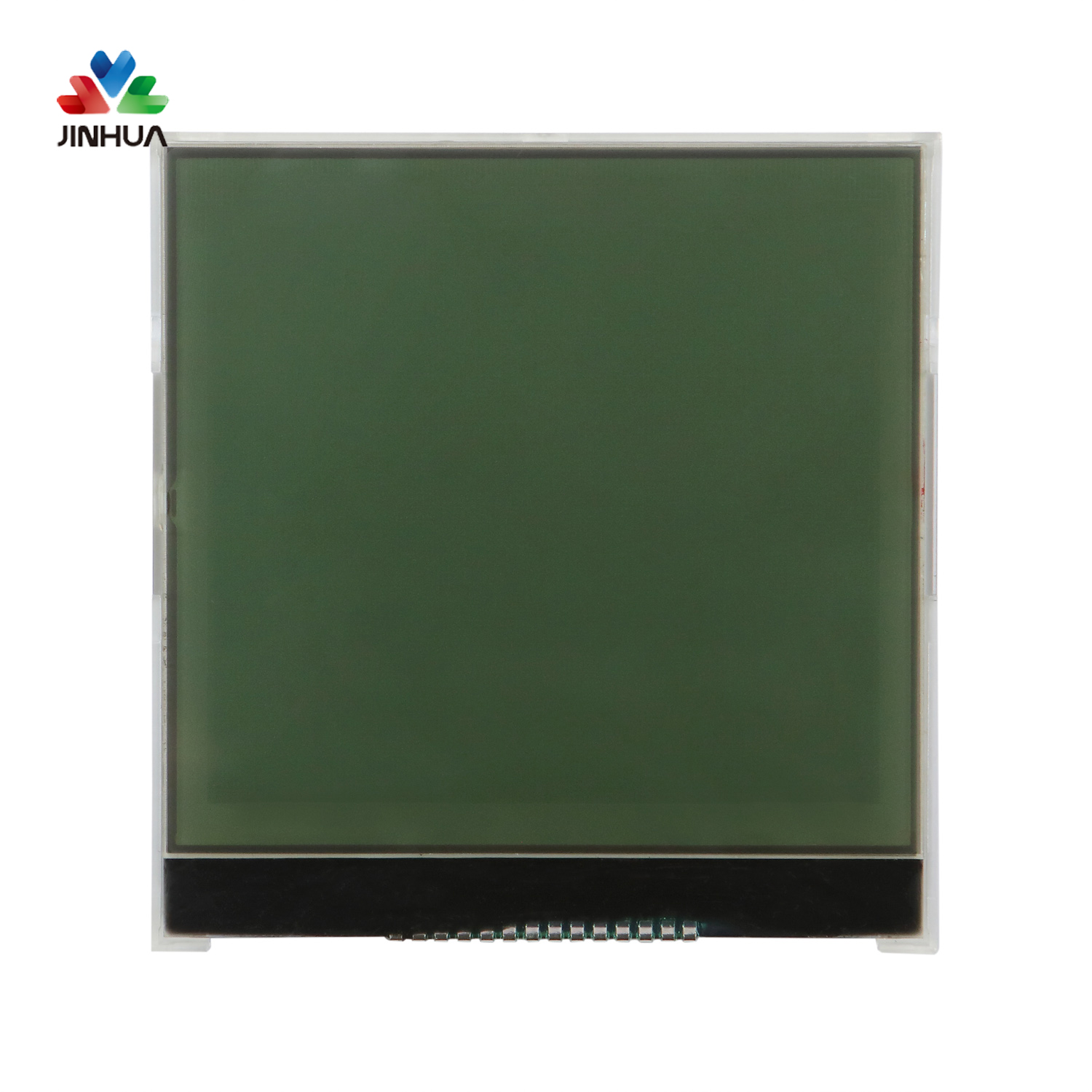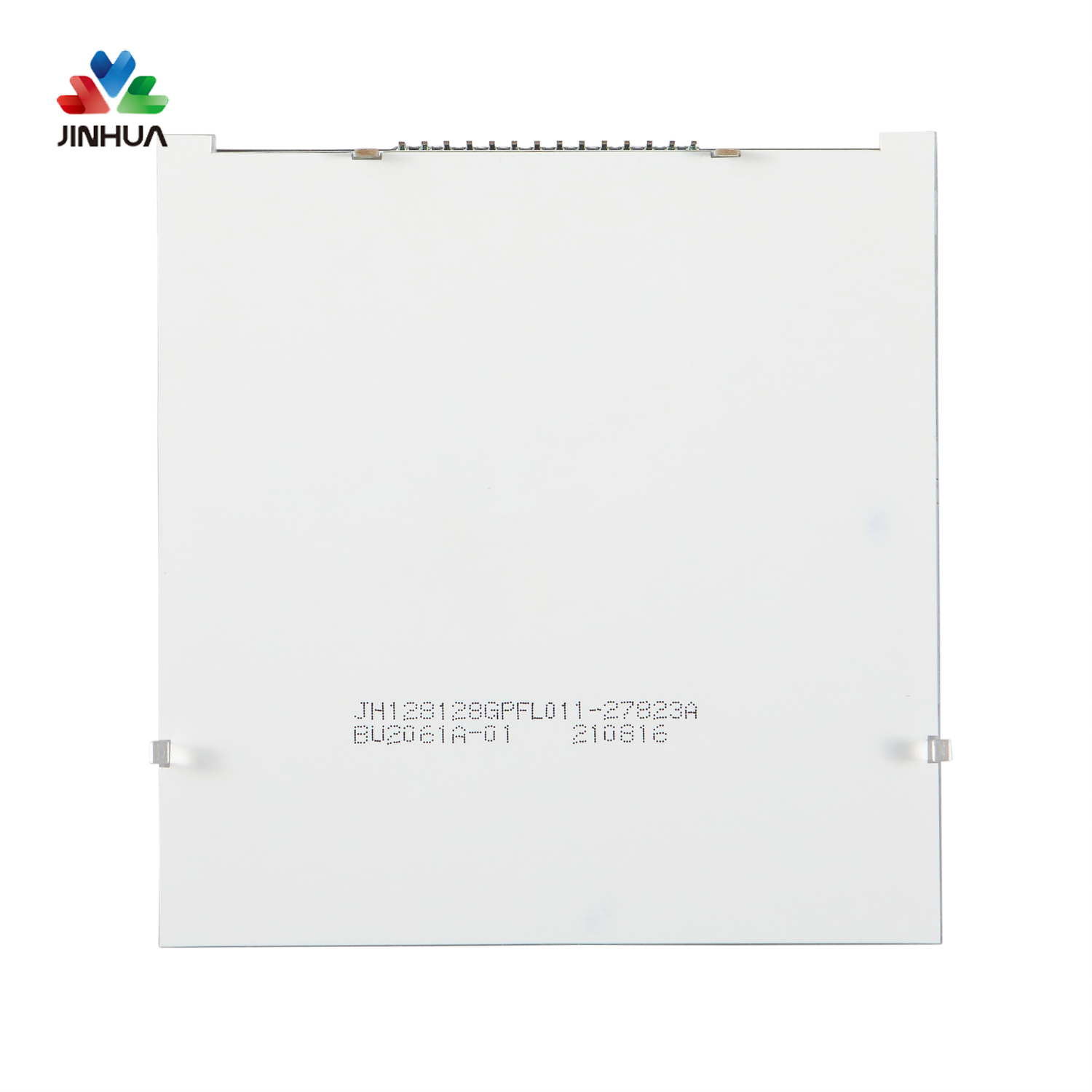Let's talk about the difference between transflective, transmissive, and reflective in the LCD monochrome LCD screen display mode. Note that these knowledge points can also be tried in the color screen.
So, let's start with transmissive. The so-called full transparency, as literally means, means that the custom LCD screen can directly see the reverse side from the front. Next, let's talk about reflective, which is the opposite of transmissive, that is, the LCD screen is completely invisible from the front to the back. The so-called reflective, we understand that it reflects the light from the outside. Finally, transflective which is also called semi-reflective and semi-transparent. By now everyone should probably understand it. It is a display mode between transmissive and reflection, that is, the LCD screen can see the reverse side from the front. But a mode that is not very clear can also reflect outside light, but the reflection is not comprehensive enough.
So, why are there three display modes?
First of all, there is a point of knowledge that everyone must know. Most of the time, the LCD screen needs to be matched with the backlight. The function of the backlight is to emit light, making the LCD screen more beautiful, just like the mobile phones we usually use. The brighter the display, the better display effect it has.
So, going back to the three modes just now, there must be some students who have questions. Then the reflection just mentioned can not be seen from the front at all, so is it necessary to add a backlight?
Bingo! The reflection does not need to add backlight! At the same time, considering the positive display and negative display issues we mentioned earlier, the positive display is black, while the color of the negative display is actually the color of the backlight through the glass, so the conclusion is that:
1. The reflective display mode not only does not need backlight, but also must be positive display!
2. Negative display, because the color is displayed completely by the backlight, so in most cases the negative display must be fully transparent!
So, continue to talk about full transparency and semi-transmission. Full transparency is transparent from the front and back, and cannot reflect external light. Because under normal circumstances, a transmissive LCD screen must be backlit, and transflective, although it can be added. No, but if there is no backlight for transflective, isn't it the same as reflection? Therefore, we usually recommend that customers still need to add backlight if they use transflective.
In fact, the most important difference between the two modes, transmissive and transflective, is usually considered based on the location of the use environment. Transmissive because it cannot reflect external light, it is usually used indoors. If it is used outdoors, unless the backlight brightness is very high, otherwise The display effect will be greatly reduced because of the strong sunlight.
Transflective, it has both indoor and outdoor effects. Outdoors can be used to reflect sunlight to display clearly, and indoors can be backlit to ensure the display effect. Therefore, if the use environment is both outdoor and indoor, we usually recommend using transflective. Transparent screen.






 English
English Deutsch
Deutsch русский
русский español
español العربية
العربية



 IPv6 network supported
IPv6 network supported
